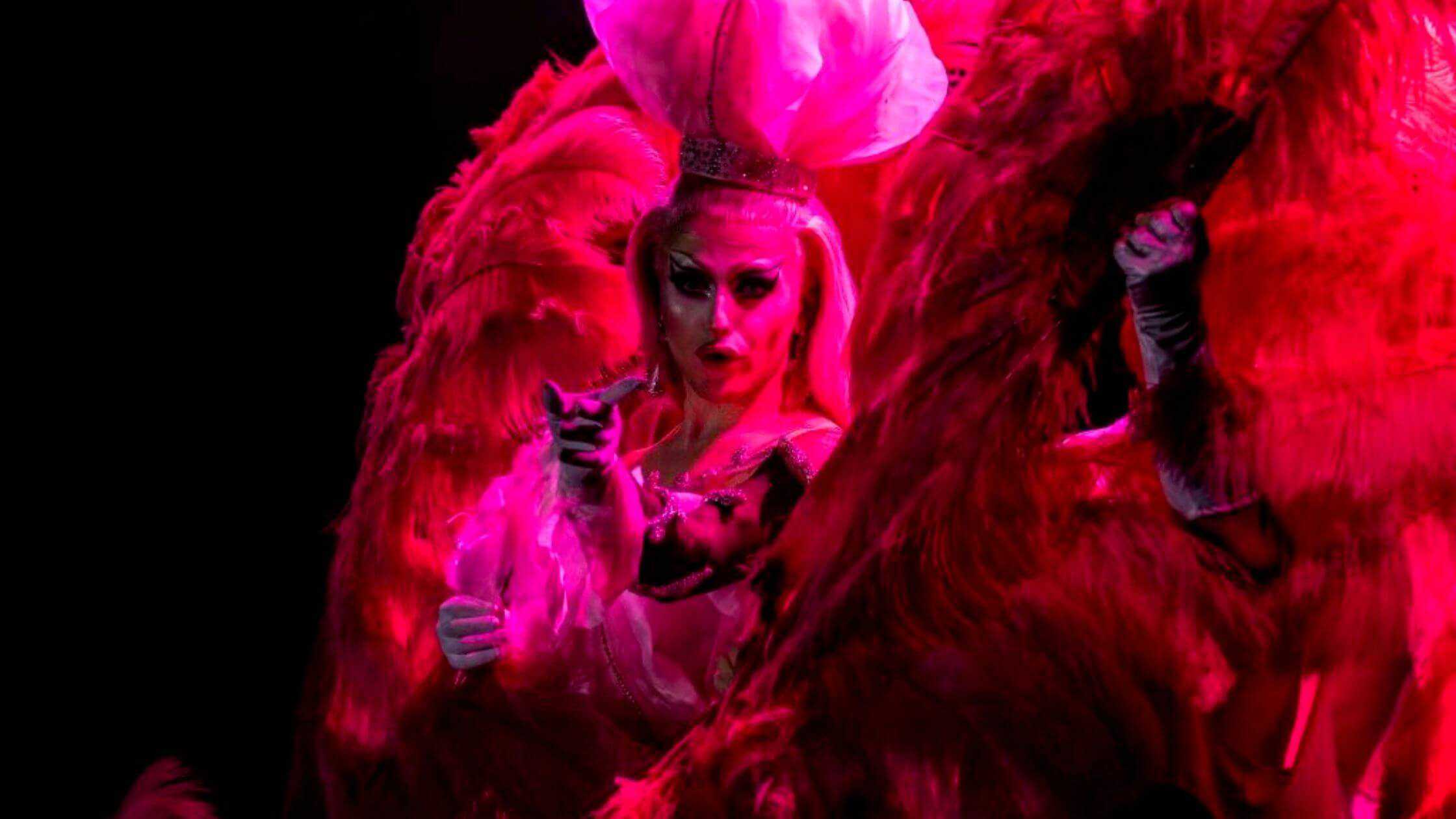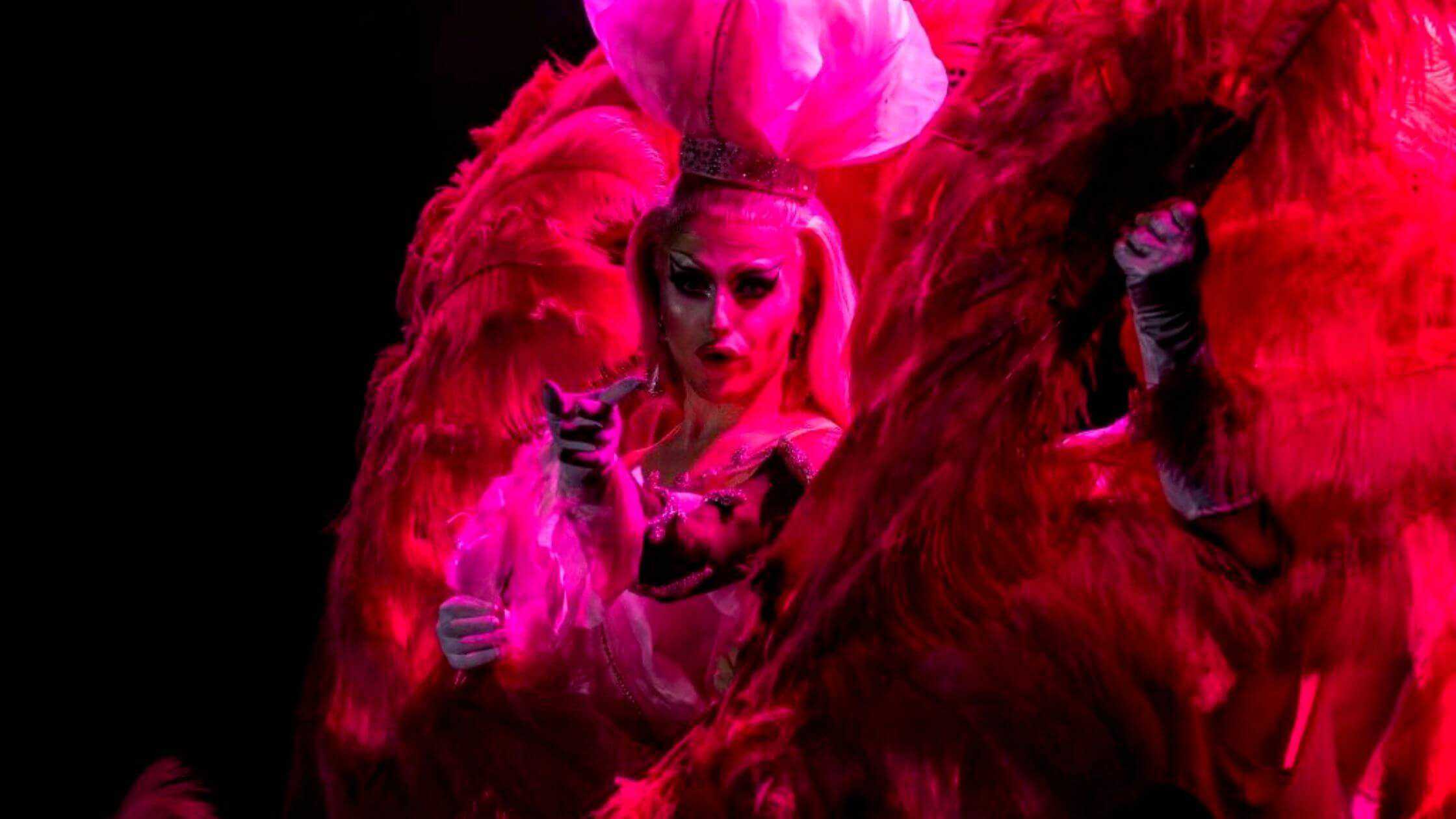Narcan is a miraculous medication that can quickly save a person’s life following an opioid overdose. In the fight against the opioid epidemic, this significant drug is a crucial and occasionally vital instrument. Cary Escovedo is here to give individuals, especially those in the LGBTQ community, hope while the opioid crisis still significantly impacts society.
San Francisco’s Cary Escovedo performs as a drag queen. He now desires to dedicate his life to that cause to spread awareness of damage reduction.
When asked why he chose to appear as a drag queen, Cary responded that the Presidential elections had given him tremendous enlightenment to pursue his long-held goals. He has earned the nickname “Narcan Queen” thanks to his efforts to reduce the use of opioids.
Drug Narcan And The Drag Queen
Cary appears to have progressed significantly and can now be seen presenting his night at Oasis. He is known to his followers as Kochina Rude at the well-liked SoMa bar Oasis.

And Kochina Rude is not your typical Drag Queen, as he is now a well-known proponent of the medication Narcan, which actively reduces the dangers of an opiate overdose.
He had a fascinating tale about how he became the Narcan queen. A few years earlier, Cary was also present at the celebration. While having fun with his pals, a man unexpectedly overdosed, which caused the party’s atmosphere to become somber.
Everyone in the room became tense because nobody knew the possible safeguards against an overdose. At the time, Cary Escovedo worked in public health. He immediately got to work because he was the only knowledgeable person in the group.
He administered the life-saving medication Narcan to the man to save his life. At that same moment, Cary became aware of a sizable population of people who had not received the facts they deserved.
From that point forward, he—or should we say, Kochina Rude—incorporated the act of informing his audience about the administration of Narcan and opioid use. Given that drug, deaths have increased across the states and the country, his drag show has suddenly turned into a useful tool against them.
Rude’s distinctive style of advocacy is now regarded as rather popular. To anyone who requests them, she even gives out free samples of Narcan. Most guests have been appreciative of the initiative since Rude uses the venue to inform and arm the public against any undesired overdose incident. Gary’s efforts should be commended for this because they will now be prepared with practical knowledge to save lives.
>Related: THEATER REVIEW: “Deconstruction Of A Drag Queen” would be a terrific one-act show with some editing
A Background Check On Narcan
In the 1960s, Narcan—an opioid countermeasure—was created. It immediately became popular because, in comparison to its forerunners, its side effect profile was favorable. In 1971, the FDA approved Narcan following the completion of the clinical trials.
Before it was authorized as an antidote, Narcan was used to counteract the opioids that were given to surgical patients in large amounts. It was also used to undo the effects of opioids in cases where users experienced negative reactions to the medications.
Early in the 1990s, the idea of using Narcan as a direct antidote for opioid overdose victims was put out. Numerous regions in the U.S. had started initiatives to provide Narcan to the wider populace by the late 1990s. This was done to ensure that the life-saving medication was accessible where and when it was required.
Efforts to make Narcan available to the general population have received strong backing from the American Food and Drug Administration. It has also been a strong supporter of disseminating Narcan dosage forms that non-medical people can use.








